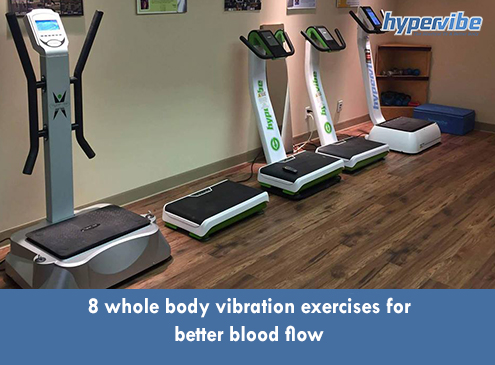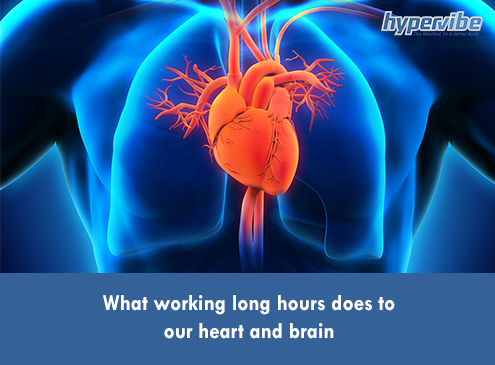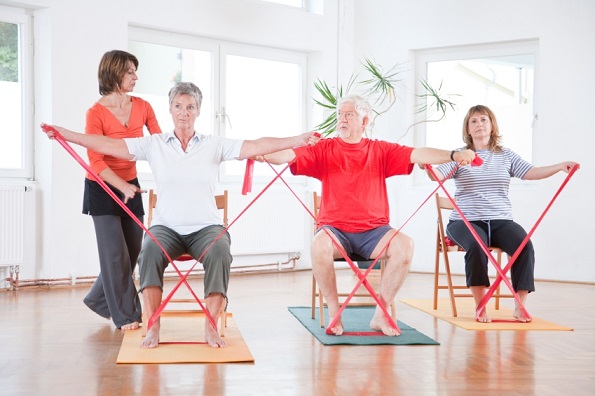What’s the Difference Between Heart Rate vs Blood Pressure
The two quantities, heart rate vs blood pressure, are quantified in different ways. Despite being evaluated concurrently in the doctor’s office, these two indicators of cardiovascular health, heart rate vs blood pressure, are quite separate from one another.
The two-digit value used to describe the force against the artery walls caused by the body’s blood circulation is called blood pressure. Systolic blood pressure, the top number, is a measurement of the force exerted by the heart as it pumps blood into the arteries with each beat. The pressure as the heart rests between beats is represented by the bottom number (diastolic pressure). In general, a blood pressure result of 120 over 80 is considered healthy.
The number of times your heart beats in one minute is your heart rate, or pulse. Throughout one’s life, one’s heart rate may vary due to factors such as one’s amount of physical activity, age, and medication. A resting heart rate of 50 to 100 beats per minute is considered typical for individuals. Those who keep up with a regular exercise routine typically benefit from slower resting heart rates.
Is there a correlation between heart rate and blood pressure?
The number of times your heart beats in one minute is your heart rate, or pulse. Throughout one’s life, one’s heart rate may vary due to factors such as one’s amount of physical activity, age, and medication. A resting heart rate of 50 to 100 beats per minute is considered typical for individuals. Those who keep up with a regular exercise routine typically benefit from slower resting heart rates.
The simultaneous rise in heart rate vs blood pressure is not usually the case, although it can happen during times of extreme stress or danger. It’s possible to have a rise in heart rate without a corresponding rise in blood pressure.
Increased blood flow from a quicker heart rate is facilitated by the dilation of blood vessels in otherwise healthy people, who therefore maintain a more or less constant blood pressure. When you exercise, your heart rate can rise significantly while your blood pressure might only rise a little.
Although it can provide insight into your levels of cardiovascular activity and oxygen consumption, monitoring your heart rate alone does not provide any information on whether or not your blood pressure is too high or too low.
Those who suffer from hypertension (high blood pressure) need to keep constant tabs on their numbers and consult with their doctor about possible treatments. Although heart rate vs blood pressure are both indicators of cardiovascular health, most doctors will continue to track both parameters for their patients.
Can I have high blood pressure and low heart rate?
When the pulse (heart rate) is significantly slower than normal (below 60 beats per minute), this condition is known as bradycardia.
The normal resting heart rate is thought to be between 60 and 100 beats per minute. Remember that your heart rate might be low while still being healthy, depending on your level of exercise and fitness.
It’s possible to have high blood pressure despite a very slow pulse rate. All of these situations have a wide variety of potential origins, but only few of them are actually life-threatening and need medical attention.
It is possible to suffer from high blood pressure and low pulse rates at the same time, however the likelihood of this happening to you is increased when you take certain medications or have specific medical problems.
When the pressure of blood against the walls of the arteries gets too great, a condition known as high blood pressure, also known as hypertension, develops. This condition has the potential to damage the heart as well as other organs in the body.
Because of the stiffening and thickening of the heart muscle that high blood pressure causes, it becomes difficult for electrical impulses to be passed through the tissue of the thickened heart muscle.
This can lead to irregular heart rhythms. As a consequence of this, your pulse can become less rapid, and it’s possible that your heart won’t be able to beat as quickly as it did in the past because it now takes longer for the electrical impulses to be transmitted throughout the heart.
Damage to the heart can result in a slow pulse while having high blood pressure, and in certain instances, medication or other therapy is required for the condition.
What is good blood pressure and heart rate?
A blood pressure result between 120 and 130 beats per minute is typically considered normal. A systolic blood pressure of 120 mm Hg or less indicates that a person is in excellent physical health. A diastolic blood pressure measurement between 80 and 90 beats per minute indicates healthy circulation.
A normal blood pressure value may be written as 124 over 84. If your blood pressure is less than 120 over 80, for example, it is considered normal. The blood pressure measurement indicates that the individual is a healthy, active adult.
A few adults have BP values that are slightly higher than the norm, yet are perfectly healthy for them. Systolic blood pressure readings of 130–139 mm Hg and diastolic readings of 85–89 mm Hg are considered high but within the normal range.
Does whole-body vibration lower blood pressure?
In the International Journal of Sport Studies, Iranian researchers from Farhangian University examined WBV’s application in high-blood-pressure patients. They sought to see if one month of vibration training affected blood pressure three months later.
In this study, 9 sedentary women aged 40–53 performed 11-17 minutes of WBV at 25–35 Hz once a day. After 1 and 3 months, blood pressure showed no significant difference. WBV cannot lower blood pressure in middle-aged, inactive women, hence it is not an effective substitute for exercise.
However, Florida State University researchers showed that postmenopausal hypertensive women who exercise on a vibrating machine lower arterial stiffness and cardiovascular risk. Their Menopause study examined how vibration training affected arterial stiffness, blood pressure, and leg muscle performance in 35 hypertensive or prehypertensive women.
The WBV group had lower blood pressure and stronger muscles than the control group after 12 weeks of WBV training. In postmenopausal women with high blood pressure, vibration machine exercise increases muscle strength and systemic and leg arterial stiffness.
In middle-aged and older persons, Taiwanese researchers found similar effects of vibration therapy on cardiovascular disease risk variables. For three months, 38 people were separated into a WBV and a control group and performed specified exercises. Standing exercises exposed the vibration therapy group to WBV at 3.2 G’s and 30 Hz.
After three months, the vibration group had lower arterial stiffness but no significant changes in blood pressure or heart rate. WBV improves vascular stiffness and is safe for adults and seniors.
Is vibration good for high blood pressure?
A low HRV has been demonstrated to be an indicator of cardiovascular health that is not in good condition. Consequently, interventions that improve HRV are helpful to the health of the cardiovascular system.
WBV training, which stands for whole-body vibration, has been suggested as an alternate and more time-efficient kind of exercise intervention for the purpose of improving cardiovascular health.
Sources:














